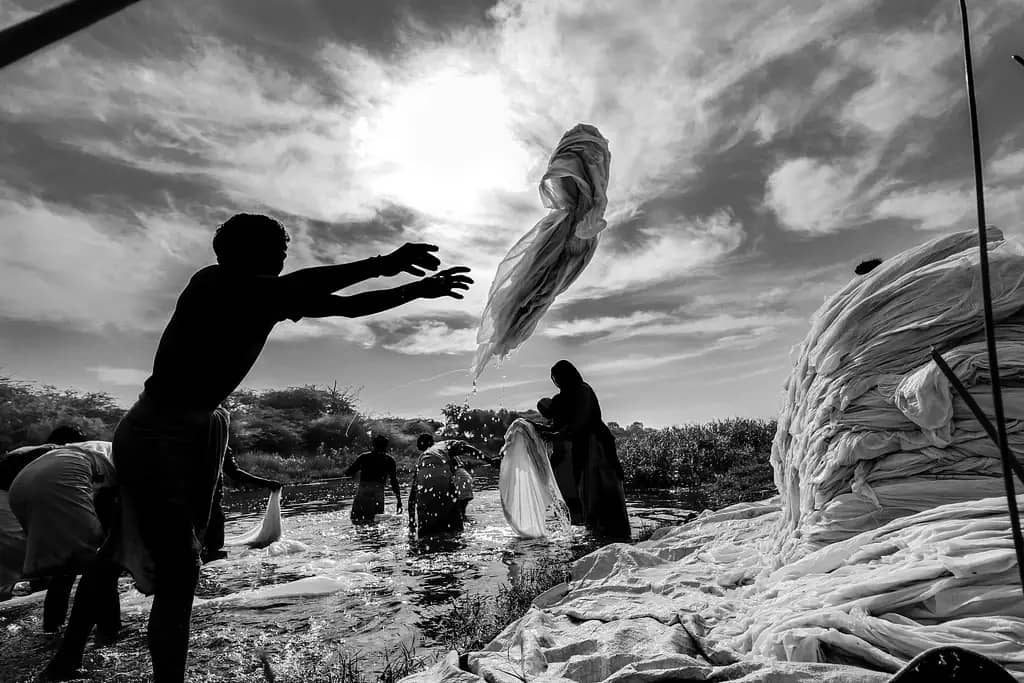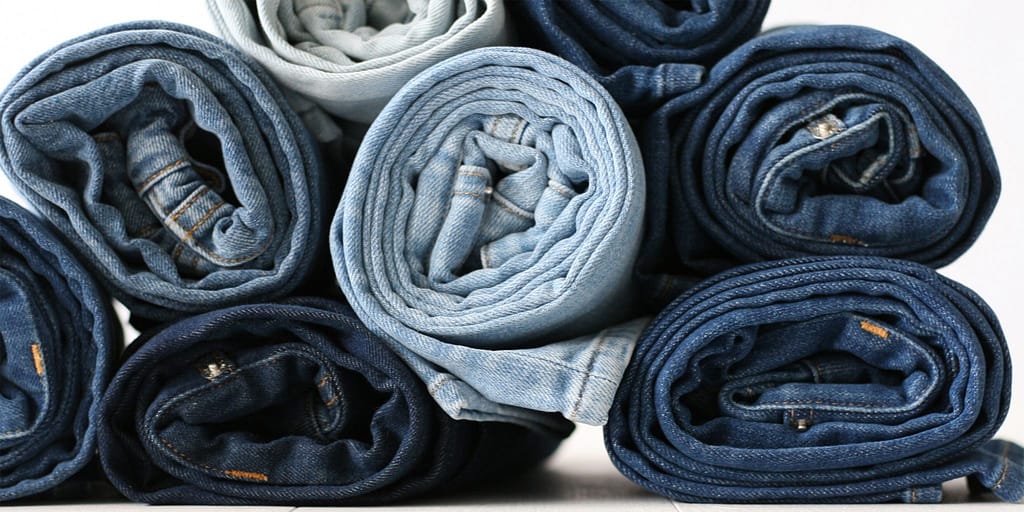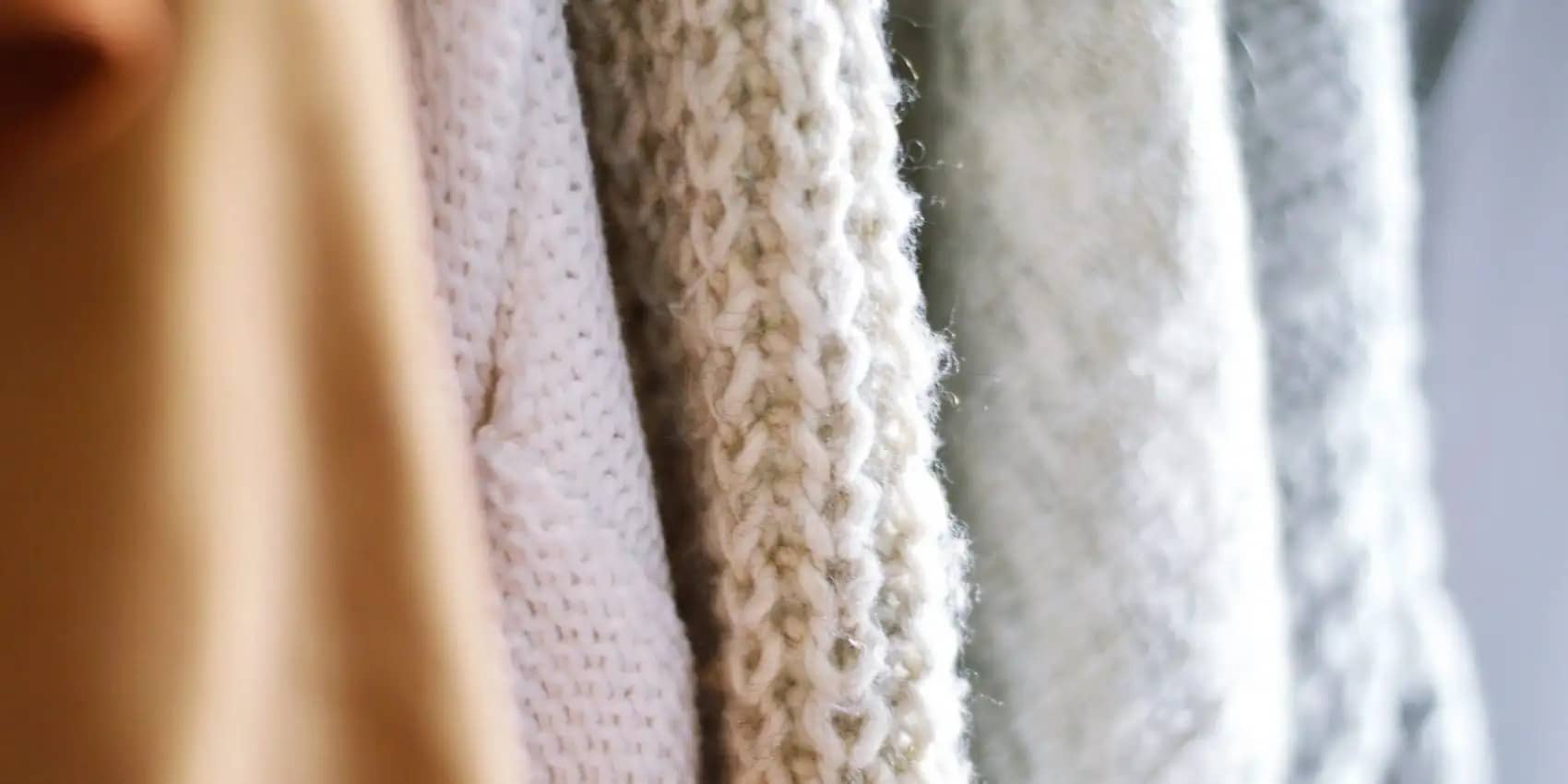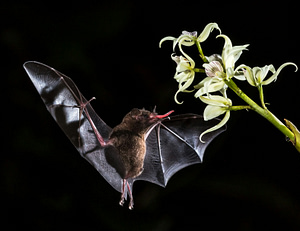The textile industry is among the world’s most harmful. Textile production can pollute rivers, use excessive amounts of water and chemicals, and labor conditions are often poor. There are, however, many initiatives that give us hope by trying to do things differently and better. Stef le Fèvre from the City of Amsterdam talks about what’s happening in the Amsterdam area and what we can do to make a positive impact.
Throughout the Dutch Week of the Circular Economy, we are shining a spotlight on inspiring sustainable initiatives in the Netherlands. Joining forces with startups, social entrepreneurs, creative professionals, leading companies, and forward thinking governments, to showcase what a circular economy can look like. Meet the pioneers, learn from them and get inspired! This interview comes to us thanks to the the Amsterdam Economic Board.
Le Fèvre is a strategic advisor for waste chains at the City of Amsterdam and working on collecting and responsibly processing textiles. “The City currently collects 12.8 million kilos of textiles annually,” says Le Fèvre, “but the potential based on an AMA study is 26 million. The countrywide target is even higher, but we also know that that will result in us receiving fewer rewearable items and more textiles which are not easy to recycle. We need to find ways of dealing with non-reusable textiles: making old threads into new ones so that old textiles are used to create new, reusable textiles. That might sound easy, but it isn’t. It requires every part of the chain to work together.”

Can you name any circular initiatives in the region that really stand out for you?
A lot is happening. There are many designers, fashion brands and initiatives who are looking for answers and want to help change the textile industry. For example, there’s House of Denim, a foundation that campaigns for more sustainable jeans. In Zaanstad, there is Wieland Textiles, Loop a Life and the municipality of Zaanstad is working on developing a high quality automated method of sorting of unwearable textiles. This is a wonderful development in the chain of collecting and recycling textiles, because it gives insights in the composition of textiles: you can sort by color or texture.
Waag runs the Textile Lab, which, among other things, considers the tech aspect: how can technology and the use of open-source tools support and improve the textile sector? They have taken the initiative to work together with Pakhuis de Zwijger, Metabolic, Dyne and BMA Techne on a circular chain and to involve residents and entrepreneurs. The municipality of Amsterdam is part of this.
There is also a pioneering group of sustainable and circular hotels (video in Dutch), comprising some 10% of Amsterdam’s hotel beds. They pay attention to circular purchases of bed and bath linen, with the laundries that own this line. And Fashion for Good, supported by the C&A Foundation and other parties, recently opened an exhibition on the Rokin about the fashion industry and has launched a startup program in Asia.
The Ware Westen campaign is aiming to transform Amsterdam West into a sustainable fashion district. The company Palais de L’eau won a local prize for its circular baby towels. The founder was able to use the prize money to open a pop-up store on Kinkerstraat, which gave her the opportunity to raise awareness about circular textiles and recycling among shoppers there.

What is the key to success?
Working together: encouraging cooperation with other regions and finding a form of cooperation that does justice to the complexity of the chain, the different interests and areas of expertise. The momentum is there. National policies (page in Dutch) for circular textiles are being put in place. However, in 2018, the City of Amsterdam adopted a proposal to become a frontrunner in circular textiles and so there are many initiatives already. Making these visible and then working on impact, that’s the key to success.
Municipalities can approach textile collection differently. In Amsterdam, we are finalizing the budget for the collection and processing of textiles this year. It will include measures for renewing collection and processing routes to contribute to a circular chain. And in any case, in the Amsterdam Metropolitan Area we can as governments ensure the textiles we buy are as circular as possible. We already act according to this principle, but it does require know-how and expertise to know what to ask for and to expand on what’s possible. To do so, we make good use of the expertise from our network. Labels and certifications can help, as can measures such as a required minimum of circular textiles and also subsidising circular textiles. We also need to help scale other forms of design and retail concepts. It’s crucial that we dare to intervene in the system to create need for circular products. In order to do that, we need the support of the national government and the EU.
This interview series is a collaborative initiative of Metabolic, AMS Institute, City of Amsterdam, the Amsterdam Economic Board and Amsterdam Smart City. Working together within the Amsterdam Smart City platform, these organisations are committed to accelerate the transition to a circular economy.






